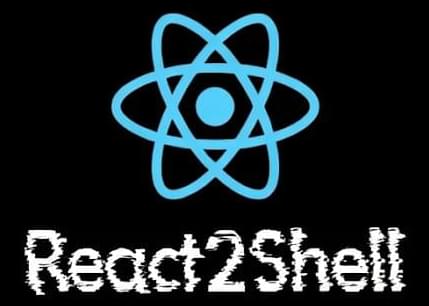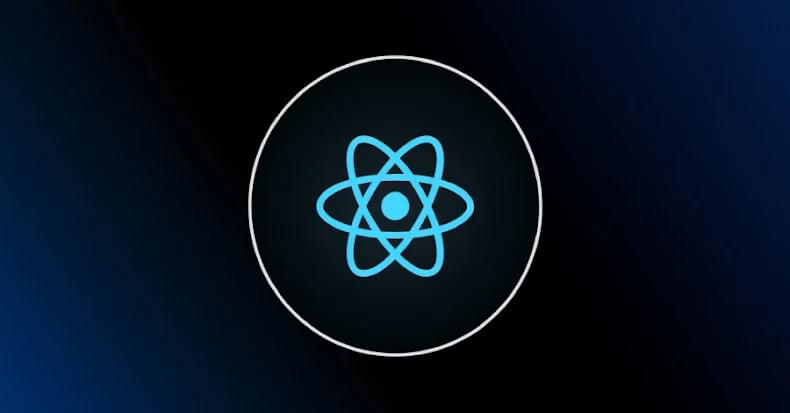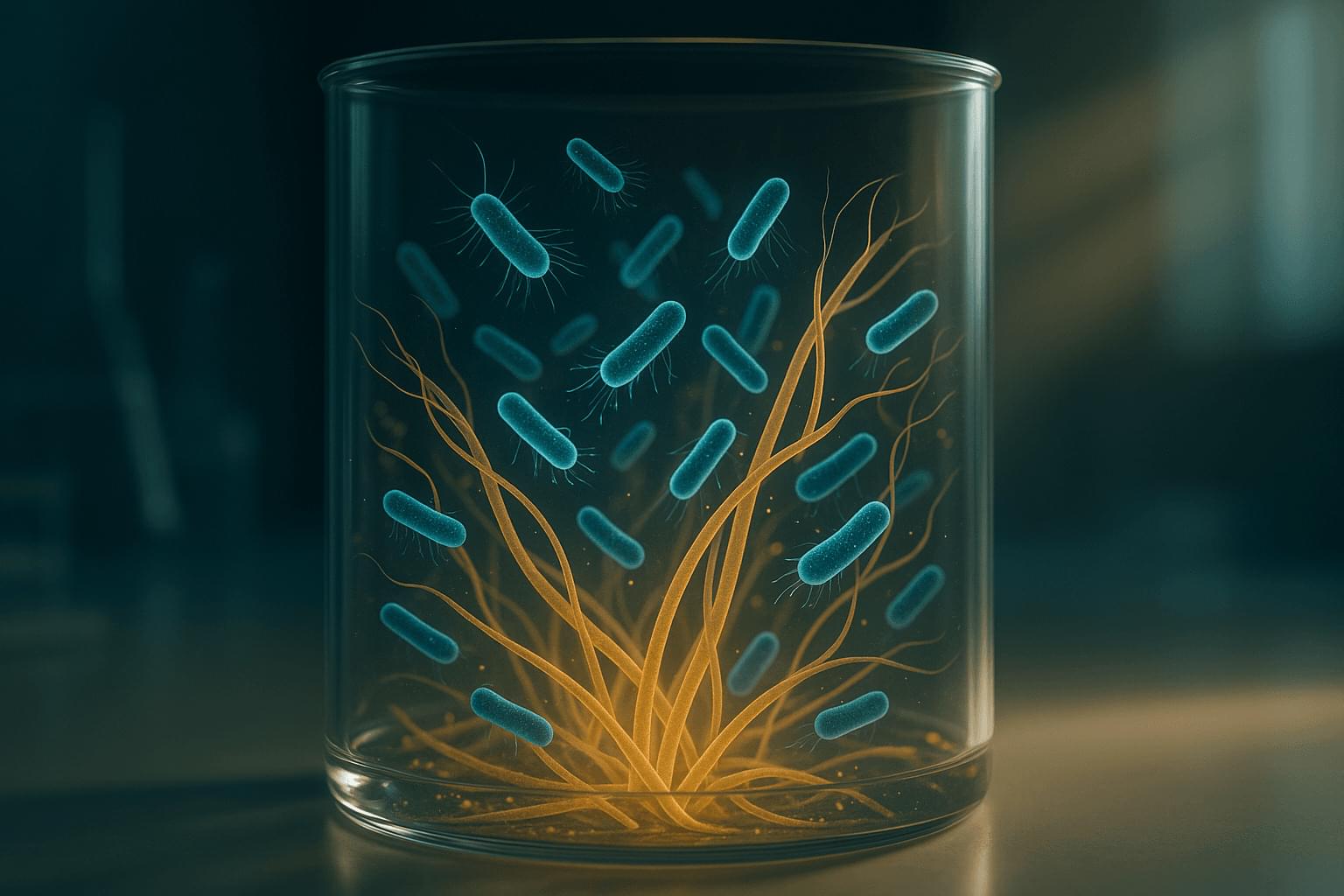PhysX matters, ya know.



Imagine holding a narrow tube filled with salty water and watching it begin to freeze from one end. You might expect the ice to advance steadily and push the salt aside in a simple and predictable way. Yet the scene that unfolded was unexpectedly vivid.
Based on X-ray computed tomography (Micro-CT), our study, published in the Journal of Fluid Mechanics, realized the 4D (3D + time) dynamic observation and modeling of the whole process of ice crystal growth and salt exclusion.
When we monitored brine as it froze, the microstructure evolved far more dynamically than expected. Immediately after nucleation, ice crystals (dark areas) formed rapidly and trapped brine (bright areas) within a porous network. As freezing progressed, this network reorganized into striped patterns that moved either downward or upward depending on boundary conditions.
Support this channel on Patreon to help me make this a full time job: https://www.patreon.com/whatdamath (Unreleased videos, extra footage, DMs, no ads)Alter…
This AI chip doesn’t use electricity to compute — it uses light.
FlexiSpot is having mega sales now! Use my code “CODEOLENCES” to get EXTRA $30 off on the E7 Pro standing desk! If you’re shopping on a budget, the FlexiSpot premium E7 is a great option. It would be greatly appreciated if you could leave a note saying “Codeolences” at checkout. FlexiSpot E7 Pro standing desk:
USA: https://bit.ly/497nWv1
CAN: https://bit.ly/4iTaKNO
▀▀▀
Engineers at the University of Pennsylvania have built a photonic neural network capable of classifying nearly 2 billion images per second, operating at speeds millions of times faster than today’s electronic computer vision systems.
In this video, we explore how photonic neural networks work, why traditional image recognition is so computationally expensive, and how light-based hardware could overcome fundamental limits of GPUs and silicon. We go over how convolution layers, weighted sums, and activation functions are implemented directly on a photonic chip — without memory, clock cycles, or digital logic.
⚛️⚛️⚛️

People who treat others with compassion often feel more at ease themselves. This is the key finding of a new study by Majlinda Zhuniq, Dr. Friedericke Winter, and Professor Corina Aguilar-Raab from the University of Mannheim. Their study was recently published in the journal Scientific Reports.
While the link between self-compassion and well-being is well established, this effect has hardly been researched with respect to compassion for others. In a meta-analysis, the research team analyzed data from more than 40 individual studies.
The results showed that people who empathize with others, support them, or want to help them report greater overall life satisfaction, experience more joy, and see more meaning in life. On average, these people’s psychological well-being was higher. The link between compassion and a reduction in negative feelings, such as stress or sadness, was weaker. However, slight positive trends could also be seen in this respect.



The hyperactivation of the sympathetic nervous system (SNS) is linked to obesity, hypertension, and type 2 diabetes, which are characterized by elevated norepinephrine (NE) levels. Previous research has shown increased sodium-dependent glucose cotransporter 1 (SGLT1) protein levels in kidneys of hypertensive rodents, prompting investigation into the expression of SGLT1 in various tissues, such as skeletal muscle. This study aimed to assess (i) whether skeletal muscle cells and tissue express SGLT1 and SGLT2 proteins; (ii) if NE increases SGLT1 levels in skeletal muscle cells, and (iii) whether the skeletal muscle of neurogenically hypertensive mice exhibits increased SGLT1 expression. We found that (i) skeletal muscle cells and tissue are a novel source of the SGLT2 protein and that (ii) NE significantly elevated SGLT1 levels in skeletal muscle cells. As SGLT2 inhibition (SGLT2i) with Empagliflozin increased SGLT1 levels, in vivo studies with the dual inhibitor SGLT1/2i, Sotagliflozin were warranted. The treatment of neurogenically hypertensive mice using Sotagliflozin significantly reduced blood pressure. Our findings suggest that SNS activity upregulates the therapeutic target, SGLT1, in skeletal muscle, potentially worsening cardiometabolic control. As clinical trial data suggest cardiorenal benefits from SGLT2i, future studies should aim to utilize SGLT1i by itself, which may offer a therapeutic strategy for conditions with heightened SNS activity, such as hypertension, diabetes, and obesity.

